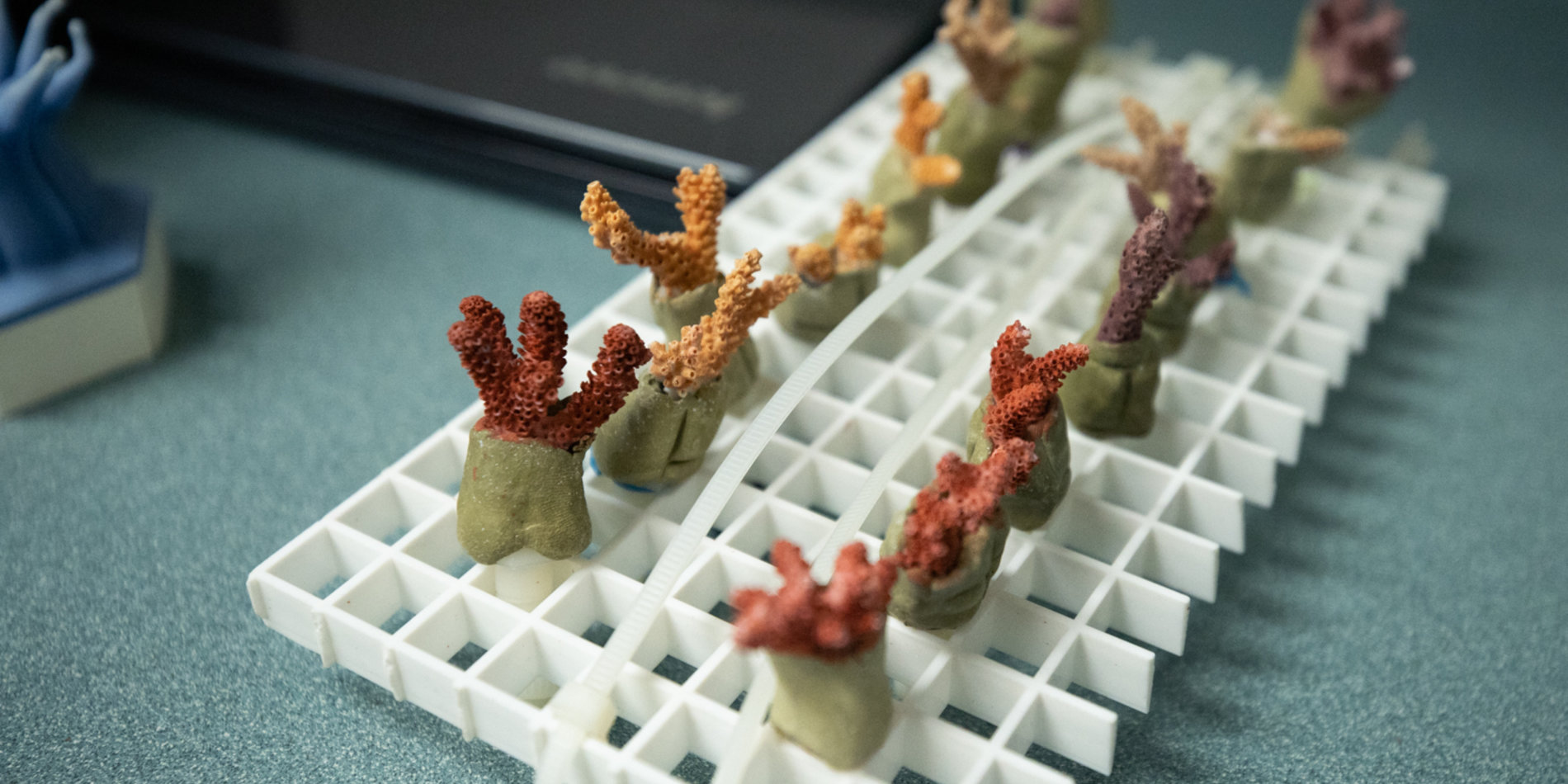Monterey's Not-So-Hidden Secret for Addressing Ocean Acidification: Marine Protected Areas
Next month, As the world focuses its attention on the upcoming United Nations Climate Change Conference in December, marine scientists are hoping that policymakers will pay greater attention to the impacts climate change is having on the ocean. That we protected more ocean habitat in 2015 than in any previous year is encouraging—but we still have a long way to go to ensure the survival of marine species in the face of climate change.
Pelagic snails, like the one pictured above, may struggle to form shells in increasingly acidic waters. This snail's shell is transparent and fragile because of ocean acidification. Photocredit: NOAA, CC BY 2.0
Acidifying Waters
This month NOAA released a map showing the areas most vulnerable to ocean acidification around the globe. As fossil fuel emissions have steadily increased in the atmosphere over the past century, the ocean has been absorbing proportionately larger and larger amounts of carbon dioxide, gradually lowering the pH of the oceans. Often called “the other carbon dioxide problem,” ocean acidification has already been shown to harm a number of species found in California’s MPAs. Planktonic pteropods (also known as ‘sea butterflies’), shellfish like abalone and oysters, and oxygen-producing phytoplankton are just a few of the organisms known to be detrimentally affected by increasing acidity. Many of these species are integral to ocean food webs (and to commercially important fish species).
While the largest sources of ocean acidification in California waters are increases in global fossil fuel emissions, there are regional and local processes that can contribute to acidification, such as climate-related changes in coastal upwelling, deposition of nitrous oxides and sulfur oxides from power plants, and nutrient and stormwater runoff that can include nitrogen, phosphorus, and heavy metals. California’s waters have already acidified by 26% during the last century, and could become up to 150% more acidic by 2100, driven by a combination of local and global forces.
Addressing climate change impacts in MPAs
The Center for Ocean Solutions (COS) has conducted research suggesting that MPAs may be some of the best places for managers to coordinate and promote strategies to address these local threats because they already tend to have management frameworks in place. MPAs can provide effective protections by serving as “sentinel sites” for monitoring and protecting species and habitats that have been identified as critically important for long-term ecosystem resilience.
To adequately protect marine species and ecosystems from ocean acidification, we need to increase our scientific understanding of acidification at multiple scales, encourage management adaptability and effective implementation of state protections under existing law. These were some of the findings of COS researchers in a 2012 comprehensive report for California policymakers that outlined the science of ocean acidification as well as the state’s available legal and policy levers to take action on acidification.
Lindley Mease, a senior research analyst at the Center for Ocean Solutions, also hosted a working group on Ocean Acidification at the National Adaptation Forum last year. The group explored the potential impacts of ocean acidification, how managers and policy makers may be able to respond and adapt to these impacts, and how these actions intersect with the management of other ocean threats. This was the first session on acidification hosted at the Adaptation Forum and helped bridge the world of ocean acidification with the climate adaptation practitioner community.
Also in California, the Ocean Science Trust, as directed by the Ocean Protection Council, is supporting the West Coast Ocean Acidification and Hypoxia Panel (“OAH Panel”), a comprehensive initiative currently underway to inform state and regional ocean acidification policy and management. Ali Boehm, a COS affiliated researcher and senior fellow at the Stanford Woods Institute for the Environment, co-published a recent article in Oceanography entitled, “Ocean Acidification Science Needs for Natural Resource Managers of the North American West Coast” – a key output of the OAH panel. The panel is providing guidance on potential management actions and science needs for addressing local acidification. A number of other state and regional bodies across the country are also beginning to coordinate action on acidification via existing water and air quality management frameworks under state and federal law (e.g., the Clean Water Act) to mitigate potentially significant local pollution sources.
Jamie Dunckley, former COS early career fellow and current affiliated researcher, inspects a monitoring device for the Kelp Forest Array project.
Monterey Bay paves the way for future conservation
Stretching along the entirety of California’s coast, the California Marine Protected Areas network is one of the largest of its kind in the world, and has set the bar for marine protection across the country and beyond. The Monterey Bay National Marine Sanctuary, part of the California MPA network, has been the focus of ongoing scientific monitoring and research for decades.
Among numerous efforts to document and understand the effects of ocean acidification along California’s central coast, the Center for Ocean Solutions has worked with the Monterey Bay Aquarium Research Institute to monitor water quality in the Bay using our kelp forest array and environmental sample processors. Steve Palumbi, director of Stanford’s Hopkins Marine Station, and his team at Hopkins are finding significant damage to coral reefs worldwide, which will ultimately impact the human populations that depend on them. Through a collaboration with researchers from Stanford University (including Hopkins Marine Station) and the University of Georgia, Jim Barry and Charles Boch of the Monterey Bay Aquarium Research Institute, are studying the effects of ocean acidification on red abalone populations. Initial results indicate that more acidic waters reduce abalone’s ability to reproduce, which could have knock-on effects for abalone predators like sea otters and other important coastal species. This local research will help inform management of both wild and farmed shellfish in Monterey Bay and beyond.
The Monterey Bay Sanctuary may serve as an exemplary area to couple resource management actions with climate-related changes in ocean conditions. A number of protected and iconic species are found in Monterey Bay, and habitat protection frameworks already exist for the sanctuary that could be adapted to address climate change impacts more directly. Already, Sanctuary staff are working to communicate to the public about the causes and impacts of ocean acidification, and working with communities to develop climate action plans.
Maintaining the health of ocean and coastal ecosystems is essential to protect the resources and ecosystem services on which people around the world rely. With any luck, the UN Climate Change Conference will acknowledge the critical role of our global ocean. At smaller scales, by actively protecting MPAs and other marine regions from local sources of pollution, we can help ensure that human and ecological communities are more resilient to global level changes now and into the future.
Lindley Mease is a senior research analyst at the Center for Ocean Solutions.
Kristen Weiss is an early career fellow in science communications at the Center for Ocean Solutions.



